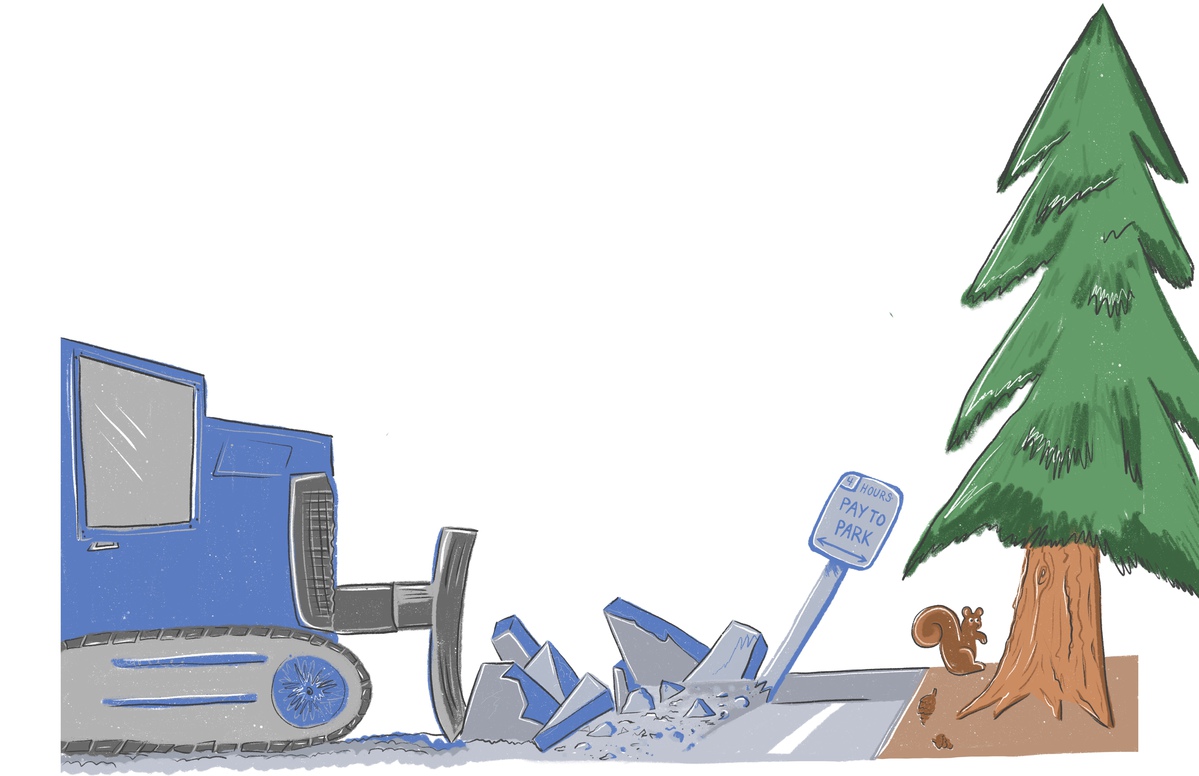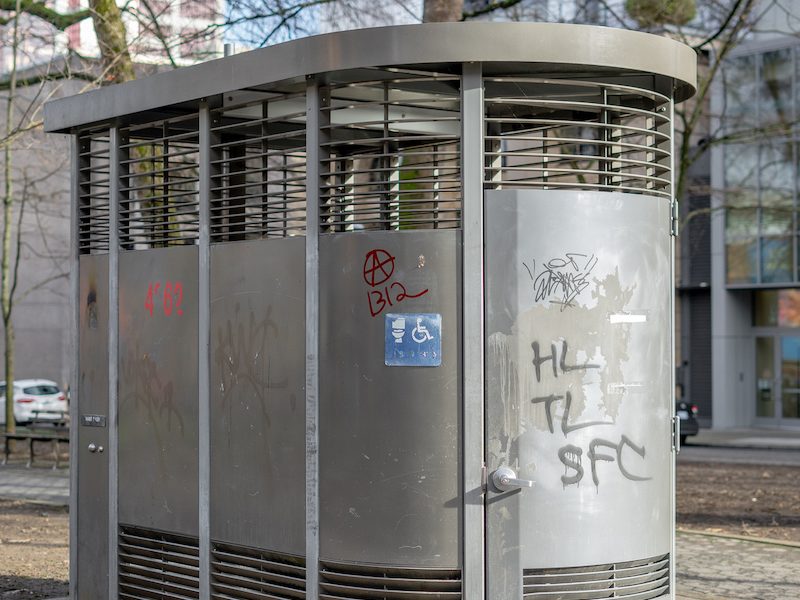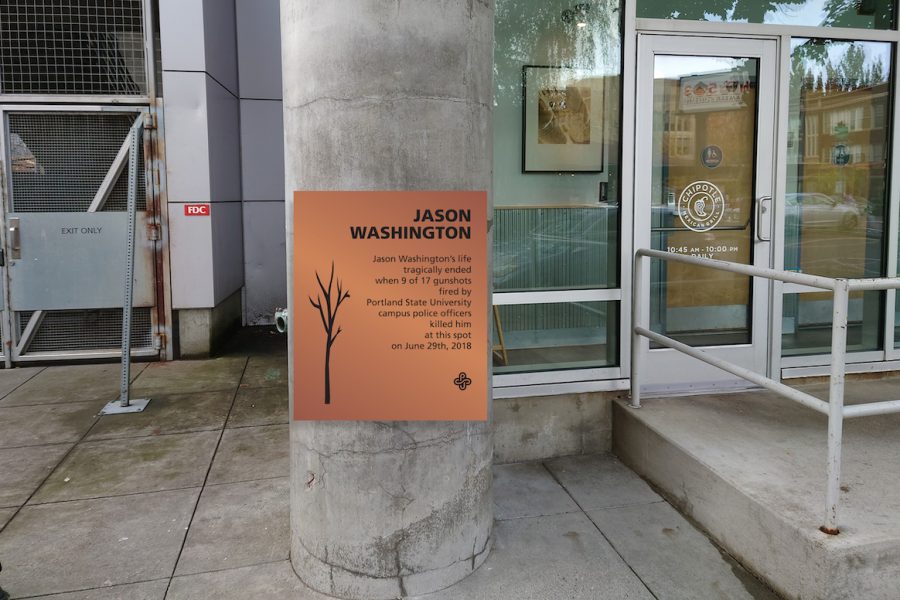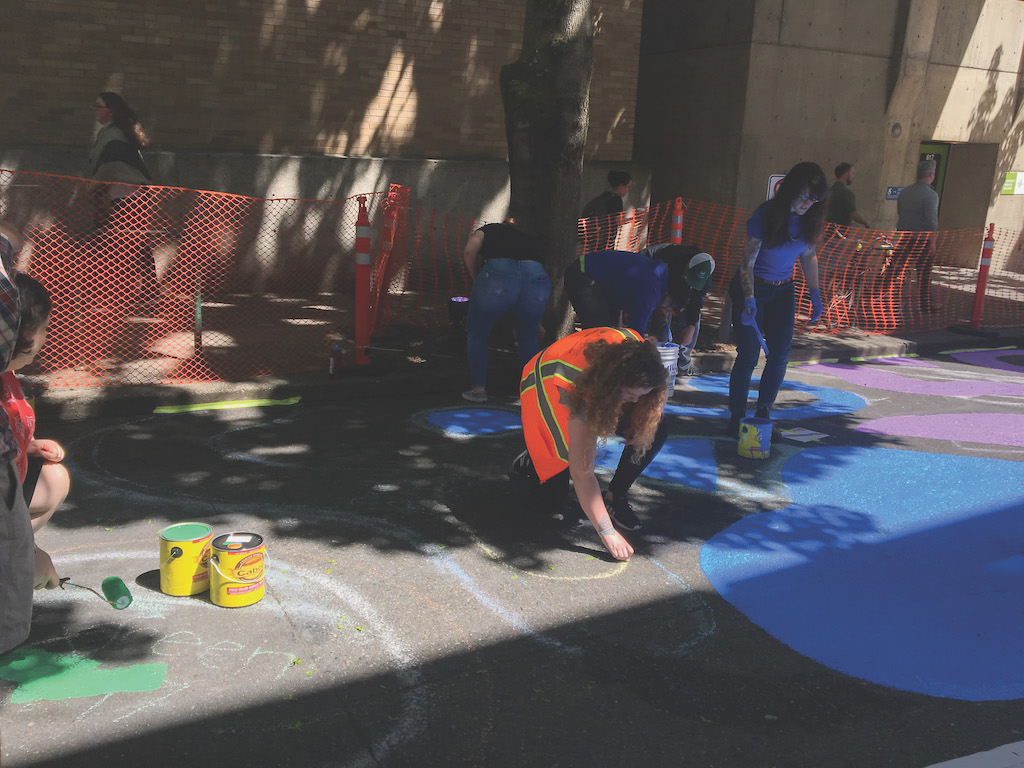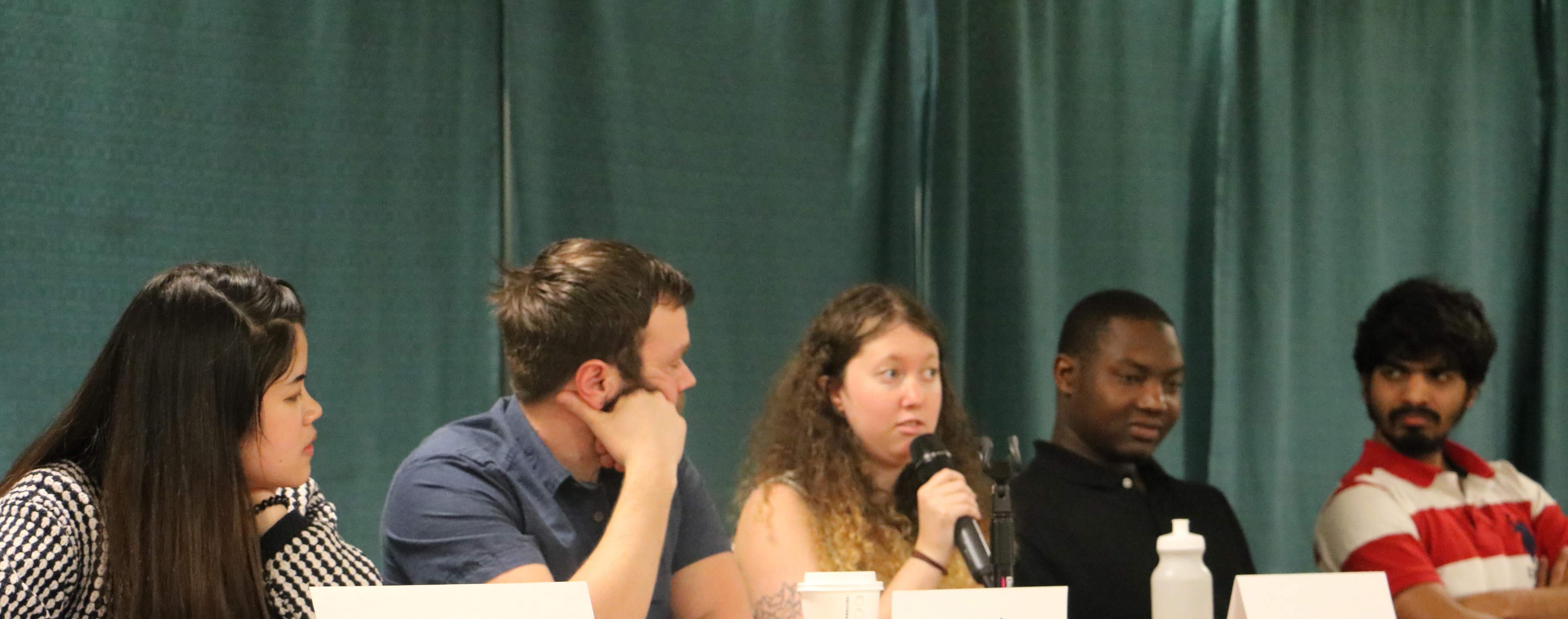The Portland Bureau of Transportation (PBOT) is on a mission to lessen urban heat over sunny seasons and to provide green stormwater management during the rainy months. Their proposed solution? To substitute street curb zones with trees.
The project aims to support the broader habitability of neighborhoods in Portland. “This program is the attempt by the city to explore the feasibility of adding street trees within the public street space in areas where we have inadequate tree canopy,” said Dylan Rivera, PBOT’s Public Information Officer. “We think this will support the livability of Portland neighborhoods, especially neighborhoods that are underserved historically by transportation and by the tree canopy that so many other parts of Portland have come to enjoy for many generations. And in addition, there’s concerns about climate change and impacts of the lack of canopy and potential benefits of expanding the city’s tree canopy, so this is an attempt to really expand the tree canopy in a way that we’ve not been able to do at any significant scale in the past because of the constraints of a dense urban environment.”
With $500,000 worth of grant money won from the Bureau of Environmental Service’s Percent for Green program, and in collaboration with the Bureau of Environmental Services and Portland Parks and Recreation’s Urban Forestry team, PBOT has an ambitious target of wrapping this pilot project up in two years.
“I’m working really closely with [Urban Forestry], and they’ll be the ones selecting tree species and helping us make sure we have the right tree for the right spot,” said Gena Gastaldi, PBOT’s Interim Pedestrian Coordinator.
There have been some challenges during planning—one of them being the fact that Portland is not just congested above ground, but below ground as well.
“The ‘right of way’ is a very busy place,” Rivera said. “A street may look sometimes empty… but below the surface is a many-layered cake of infrastructure of height and powerlines and gas lines and utilities that are serving that neighborhood on a daily basis and going unseen, so that’s part of a major challenge that we face with this.”
This project has not been attempted in other cities, although there are some examples of it on SE Hawthorne & 46th and in Director Park, both of which were designed without the intention to be replicated. “What we’re trying to do with this pilot project is not only have a really successful corridor that we’ve done this on, but we also want something that can be replicated in other parts of the city,” Gastaldi said. “And when you look at streets that have a sidewalk with no space to put a tree… we can’t just go and cut into that sidewalk and plant a tree because the sidewalk is already so narrow, so we either need to move the curb out or literally cut into the street and… plant a tree in the street.”
During the Pedestrian Design Guide process, the community expressed an urgent need for reallocating street space. Gastaldi said the project was greeted with enthusiasm. “I have been at PBOT for three years and I have never gotten more emails about one project than this one,” Gastaldi said. “People are excited… I think for folks to see that we took that feedback really to heart and have been behind the scenes working on this, and that not only did we put it in a plan but then, you know, we went and found money and are now implementing that project and that idea, I think people are excited about that.”
With as much excitement as there is for this project, there are still many considerations to be had when choosing the right spots for implementation. “What we’re looking at doing is reallocating some of the on-street parking on a street and creating that space where instead of one car parking space, you now have a tree bumped out space,” Gastaldi said. “This is not happening all over the city. People have already asked me ‘can I sign up for one?’ No. This is a pilot, this is the first time we’ve done something like this. We’re being really careful and calculated, and using the data to tell us where this needs to go.”
Further data can be found in the Pedestrian Advisory Committee Presentation, which includes the criteria to meet for tree planting, the Urban Forestry tree planting standards and upcoming projects.
“We looked at streets that have curb-type sidewalks, so sidewalks where there’s no place to put a tree even if you wanted to—that was a big criteria, streets that have on-street parking that we can remove,” Gastaldi said. “What are the hottest streets and the streets that need this the most? That took us to east Portland and lower southeast.”
When asked about considerations for the availability of parking spots, Gastaldi said the project was planned with those concerns in mind. “We… worked with our traffic engineers to look at vehicle speeds, vehicle volumes and parking utilizations—so how much of the parking actually used, because we don’t wanna put this in a place where we’re gonna get a ton of pushback,” Gastaldi said. “There’s a ton of businesses and they need that parking—we wanna put this on a low-volume, kind of slower street where the parking utilization, the amount of parking is used, is relatively low.”

